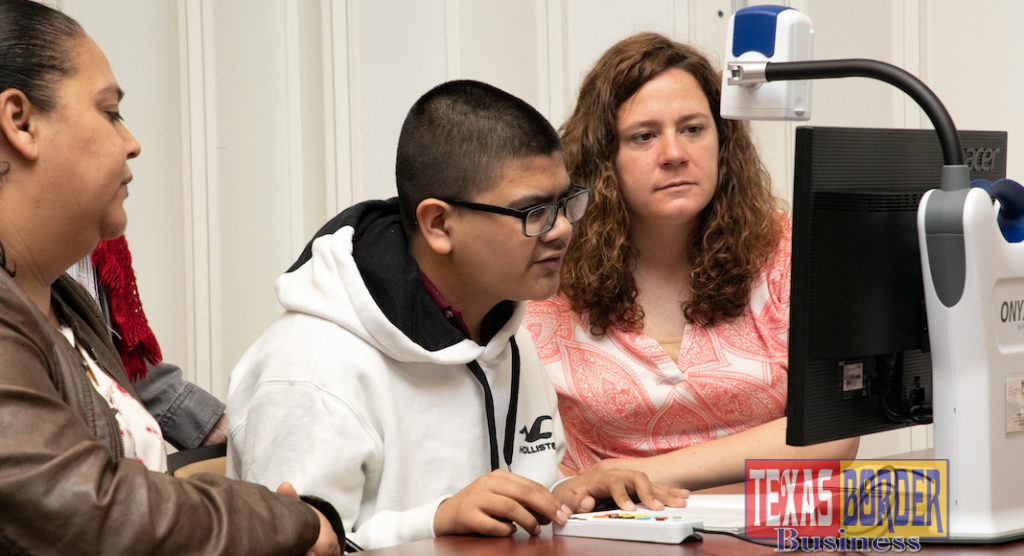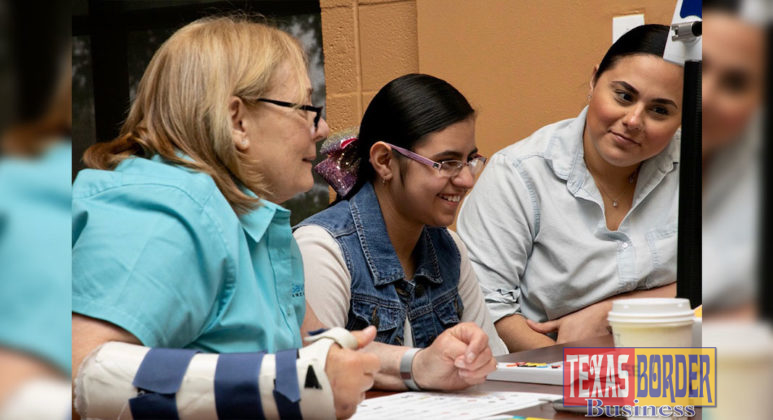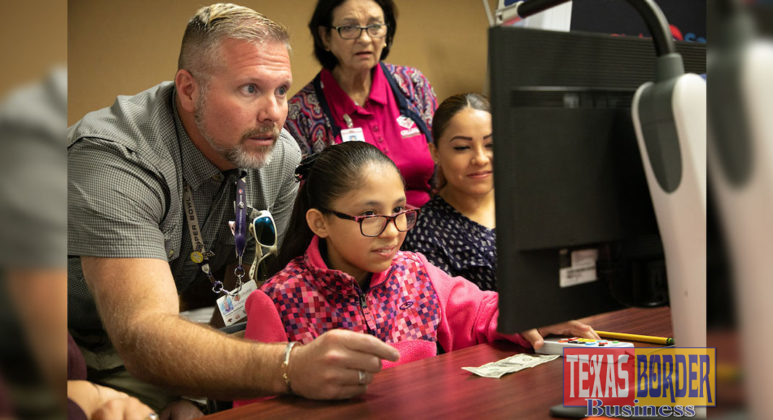
Texas Border Business
EDINBURG — A national nonprofit organization recently made its way down to the Rio Grande Valley to equip a handful of students who have visual impairments with closed circuit televisions (CCTVs) to help provide them with a brighter future. Sight Savers America, a nonprofit organization that aims to assist children with getting eye exams, glasses and other needed eye care, provided four PSJA ISD students with CCTVs that will help them each complete schoolwork and perform everyday tasks.
A CCTV is a video magnifier that can provide aid for a full range of visual needs. The device can often cost between $2,000 to $4,000, making it out of reach for many families.
“These children often have this equipment at school, but they don’t have it at home, so when they go home, they have to read print real close to their face, sometimes touching their nose,” said Jeff Haddox, CEO for Sight Savers America. “Anything they cannot see that normal sighted people can see— we want them to see it.”
Representatives with the nonprofit were at Region One Education Service Center in Edinburg to train each student and their parents how to best utilize it for their home.
“This makes them able to do whatever they want with it,” said PSJA ISD Certified Instructor for the Blind and Visually Impaired Gloria Rich. “They can play video games, read a recipe, watch what mom’s doing in the kitchen because it has a little flippable camera so they can look around the room and they don’t have to be close to what they’re doing.”
According to Haddox, Sight Savers America will also provide follow-up care until the student reaches the age of 19 to ensure the assistive technology is maintained.
During the training, Arnold Elementary student Aleida Ochoa could barely keep herself from smiling and said she is excited to use it for her school work.
“You get to change colors, you get to make it bigger and stuff,” Ochoa said. “You can also take pictures with it and just do a lot of stuff with it.”
Johana Garza, a parent of one of the recipients, is grateful for the assistive technology her son will now able to use in the comfort of their own home.
“I just feel so emotional because he can’t see well near or far, so this technology is really going to help him with his homework and other things he’ll be able to do,” Garza said.














